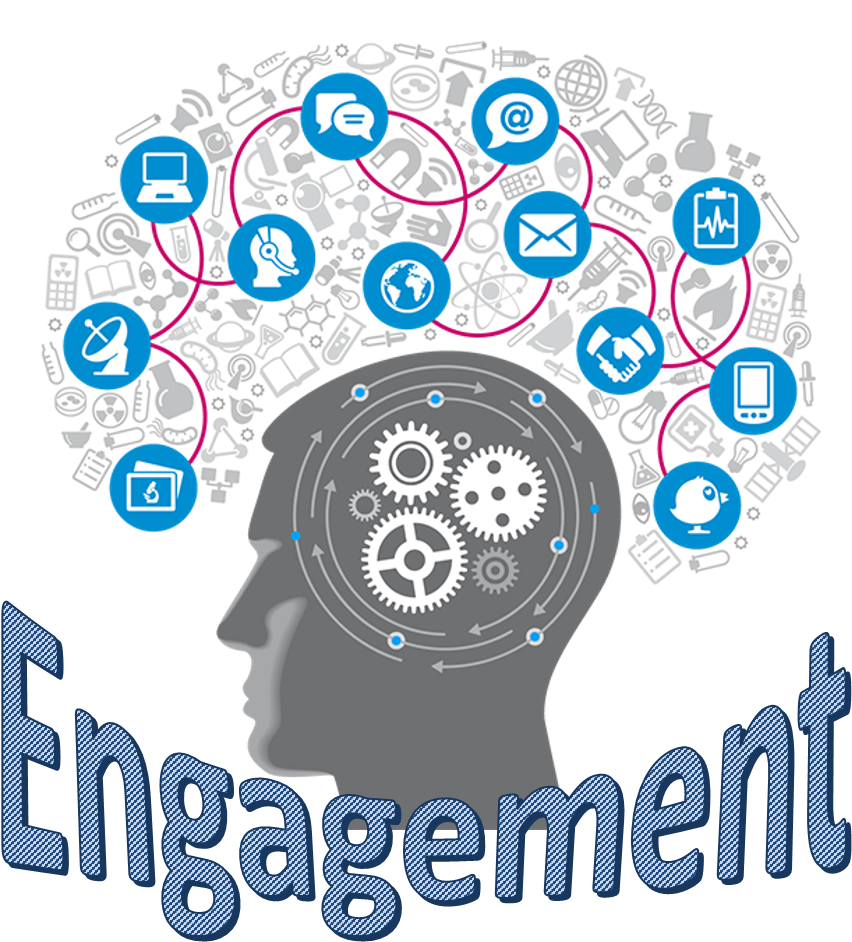The late department store magnate John Wanamaker once stated, “Half the money I spend on advertising is wasted. The trouble is I don’t know which half.” Retailers have dealt with that conundrum since the first ad found its way into print. Analysts from the Boston Consulting Group assert, “If he were alive today, department store magnate John Wanamaker, who famously wondered which half of the money he spent on advertising was wasted, would be doubly frustrated. The odds are that he’d still be misspending — even though the tools and techniques that can finally solve his conundrum would lie within his reach. Digital’s potential — the delivery of relevant advertisements to interested users at opportune times — has enticed marketers since the earliest days of the World Wide Web. More recently, programmatic buying of display advertising has promised to extend the benefits of digital advertising by using instantaneous data in a real-time environment to reach individuals with relevant messages.”[1] You might be asking yourself: If the tools and techniques are now available to solve Wanamaker’s conundrum, why would he be “doubly frustrated” today? The BCG analysts explain:
“Although current techniques are often effective, companies have an opportunity to achieve significantly better engagement and performance by adopting the latest data-driven approaches — in ways that enhance both relevance and the consumer experience. Advertisers and agencies are leaving money on the table because of inexperience with these new capabilities, inconsistent campaign execution, and a fragmented approach to campaign development and delivery.”
One word that you often see in articles about a consumer’s path to purchase is “engagement.” So what does “engagement” mean? BCG analysts define engagement as “increased action rates” between companies and their customers. Of course, an “action” can be almost anything; but, motivating a customer to do something is a small victory in itself. Technology has not only raised the expectations of manufacturers and retailers, it has raised consumer expectations as well. According to an SAP survey, companies understand this new truism. “Eighty-six percent of respondents agree that omnichannel has meant that customer and consumer expectations of the organization have increased. … So, as consumers increasingly use new technologies and channels to guide their purchase decisions, consumer products companies have adapted omnichannel strategies to reach these customers directly, in addition to working through the retailer as in years past.”[2] “Marketing is no longer about talking to your audience,” asserts Brenna Keough, an Interactive Marketing Specialist at ZAG Interactive, “it’s about talking with them. Such engagement cultivates stronger relationships between customers and companies, which can be beneficial to brand loyalty and customer satisfaction.”[3] Keough indicates that it’s easier to talk about engagement than it is to actually pull it off. She writes:
“To successfully build these deep connections, companies must appropriately leverage channels that provide for two way communication. Digital marketing in the form of social media enables companies to be in direct contact with their target audience — allowing them to establish, maintain and monitor relationships with both existing and prospective customers. Understanding the benefits of the various social media platforms and how your business can use them together to connect with your audience will enhance the quality and effectiveness of your efforts.”
The BCG analysts believe that the best strategy for reaching and engaging with consumers involves advanced behavioral targeting. They assert that advanced, data-driven behavioral techniques can help “identify and engage consumers across multiple digital channels.” They conclude, “Those companies that use more advanced, data-driven capabilities will substantially improve performance and — perhaps even more important — gain information and learning that will give them a big advantage over competitors.”
Al Urbanski (@AlUrbanski), Senior Writer at Direct Marketing News, asserts that, despite the fact that most companies believe that customer engagement is important, many of them don’t do a very good job of it. “Despite all their talk about multiple channel strategies and personalization,” Urbanski writes, “retail marketers are not walking the walk. In fact, according to an SAP customer engagement executive, they are mostly still learning to crawl.” That assertion supports the conclusion of the BCG analysts that inexperience is a major reason that better digital strategies are not being implemented and why Wanamaker would still be frustrated. The SAP executive to whom Urbanski refers is Charles Nicholls, Senior Vice President of product strategy for SAP’s Hybris software unit. Nicholls told participants at last year’s National Retail Federation show in New York, “There’s way too much batching and blasting still going on. … [Marketers] get permission to market to someone, but are they doing it when he’s in buying mode? No? Then they should just leave him alone and they’ll make more money.” Urbanski notes that Nicholls isn’t quite as sanguine as the BCG analysts when it comes to believing that marketers now have the right tools in hand. “In their defense,” Urbanski reports, “Nicholls allowed that marketers are still waiting for the toolsets they’ll need to effectively market to individuals on a one-to-one basis across all channels.” Nicholls told his audience, “Some analytics companies don’t have experience with customers at all; they look at all [customers within a segment] as the same. So until we get next-generation tools, we’ll all struggle.”
The SAP survey mentioned above concluded that having a good omnichannel engagement strategy does pay benefits. “As a result of having a multichannel strategy to sales,” the survey report notes, “most companies say that their organization has experienced increased sales (74 percent), increased consumer loyalty/acquisition (64 percent), competitive advantage (62 percent) and better consumer experience (57 percent).” The BCG analysts recommend taking five steps to improve digital marketing performance. They are: Adopt a unified technology platform; implement advanced techniques; attack fragmentation; bring math experts to the table; and test & learn. Concerning the first step, they write:
“Unified technology platforms provide a single user interface and make it possible to source data from a single pool, eliminating the need to reconcile, consolidate, and transfer data among multiple sources. This provides the data ‘freshness’ and ‘completeness’ crucial to achieving good performance in targeting. Unified platforms also allow remarketing lists to be used across tools and channels in advanced targeting techniques such as display remarketing from search ads. … Among other benefits, unified platforms allow campaigns to launch faster. Agencies can also spend more time gaining insights and fine-tuning campaigns, rather than wasting time on manual downloads and data consolidation.”
Concerning the implementation of advanced techniques, they write:
“Three of the four advanced targeting and engagement techniques tested in our study resulted in substantial improvements in almost all key metrics for all advertisers. … The use of behavioral analytics reaches users that have not only visited the advertiser’s website but demonstrated particular behaviors while there, such as spending a certain amount of time or visiting a certain number of pages.”
The BCG analysts note that fragmentation of data is a “tough challenge.” Nevertheless, they provide the following recommendations about how to tackle the challenge:
Root out the causes of fragmentation. Select a typical digital campaign and map out all the various internal and external people, teams, agencies, and tools involved. This will show where companies sit on the ‘fragmentation meter’ and let advertisers identify practices that can be combined or consolidated.
Break down silos. Advertisers and agencies need to make sure everyone involved in running campaigns communicates with each other regularly to discuss how the strategy gets translated into execution.
Connect the data strategy with the overall strategy. Advertisers need to connect their data strategy with their overall strategy, putting in place tools to collect, analyze, and leverage data in a centralized manner. Advertisers also have to make sure that they have the metrics that correlate to and drive the key strategic objectives of the campaign. Having one centralized source of data linked to other tools ensures it is available when and where it is needed.
Get closer to your data. This is one of the marketer’s most potentially valuable assets. Advertisers should ensure that no major digital assets are being underleveraged (video, search, and website) — and that no data is lost along the way. Marketers can test the statistical significance of their metrics and ensure that the important progress indicators of the campaign aren’t just noise — and if they are, test whether better proxy metrics can be created.
Use multiple attribution models. For example, our study found that video is often undervalued in a ‘last click’ attribution model, despite playing a critical role early in the purchasing journey. Further, broad site-based targeting tended to get too much credit.
If you want to master big data analytics (and the advanced techniques they foster), you need to employ people with the right skills. The BCG analysts explain, “Marketers and agencies need to augment their digital skills. Strategy and creativity will always be critical to successful campaigns, but the ability to effectively collect, analyze, and use data today is no less essential.” Concerning their final step, they write:
“The Internet is the best marketing laboratory yet invented. Direct marketers know this. Because their ultimate metric is online sales, they are adept at testing one technique against another and tweaking campaigns until they get the results they want. Brand marketers can take a page from this book, substituting their own metrics — such as average session duration as well as graphic interaction and information downloading — for direct sales. Our study tested individual campaigns one against another with the goal of seeing whether using advanced techniques could improve effectiveness. We came away convinced that by experimenting further over time, we could readily deliver continuous incremental improvements on top of the already substantial increase of 30 to 50 percent that we achieved.”
The digital path to purchase era remains in its infancy but it is maturing rapidly. If you aren’t engaging your customers and potential customers in meaningful ways across all platforms, you’re already behind the curve and the curve is steep. Catching up is possible, but it takes commitment and resources.
Footnotes
[1] Paul Zwillenberg, Dominic Field, Mark Kistulinec, Neal Rich, Kristi Rogers, and Samuel Cohen, “Improving Engagement and Performance in Digital Advertising,” bcg.perspectives, 16 September 2014.
[2] SAP, “Consumers Demand More from Retailers as Technology Makes More Possible,” SupplyChainBrain, 10 December 2014.
[3] Brenna Keough, “Why We Love Digital Marketing (And You Should, Too!),” Business 2 Community (B2C), 17 October 2014.





